Back in August 2021, I was preparing for the arrival of baby number four — due at the end of October — and I knew I needed a way to keep our home ed life ticking over while I adjusted to newborn life. With three children already learning at home (including a lively 3-year-old), I wanted a way to stay organised without needing to print, prep, or panic every week. That’s when I created our version of the Workbox System, and it honestly saved my sanity that year.
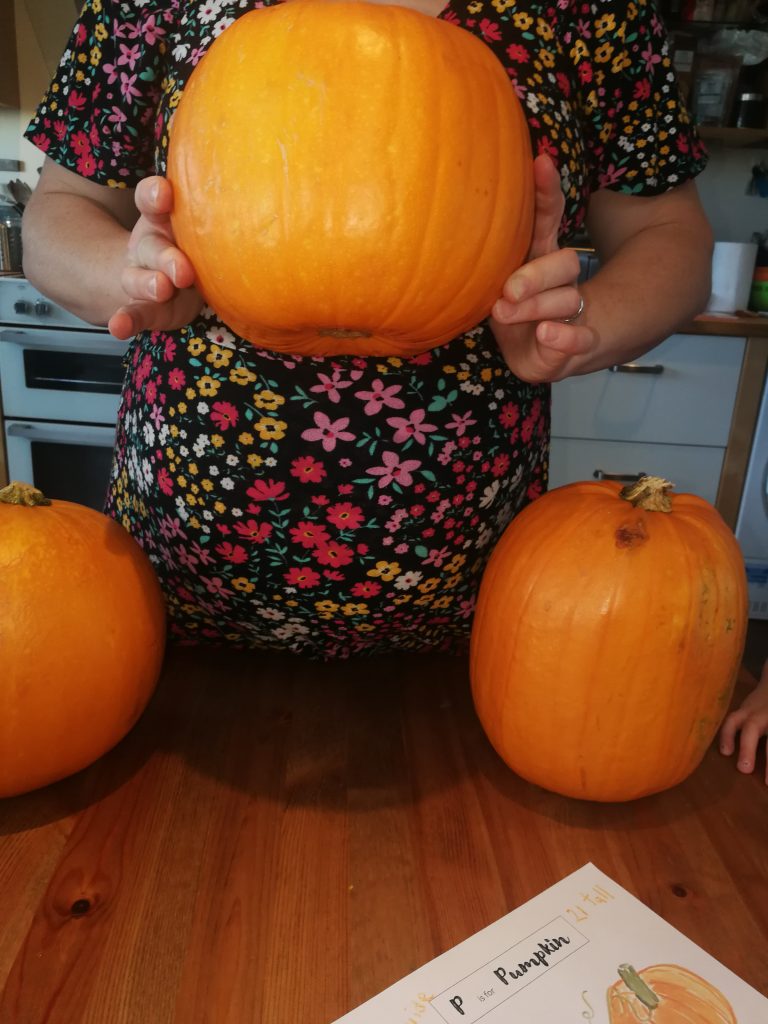
This post contains affiliate links, which means Barefoot Bliss and Books make a small commission at no extra cost to you. See the full disclosure here.
What Is the Workbox System?
Originally developed by Sue Patrick, the Workbox System is a structured organisational method designed to help children work more independently. It uses a series of trays or boxes to store daily tasks, allowing children to complete their work at their own pace while building responsibility and time management skills. Most families use a set of draws much like the set shown below.
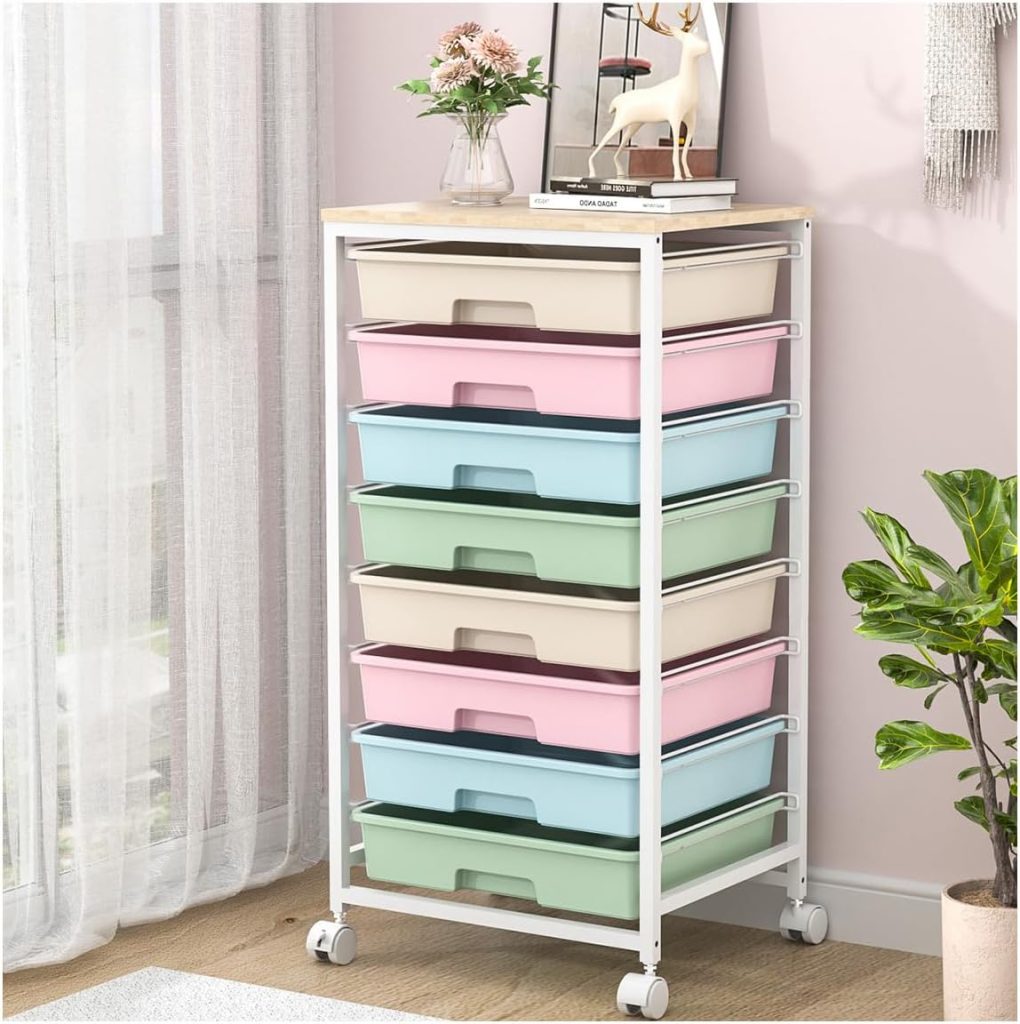
My version flips it around. The folders aren’t for the kids — they’re for me. I use a simple weekly folder system that holds everything I need for each week. No decision fatigue, no last-minute printing, no scrambling for ideas.
It’s one of the easiest and most flexible systems I’ve found — especially when life is busy or unpredictable.
My Setup: One Box, 12 Weeks of Calm
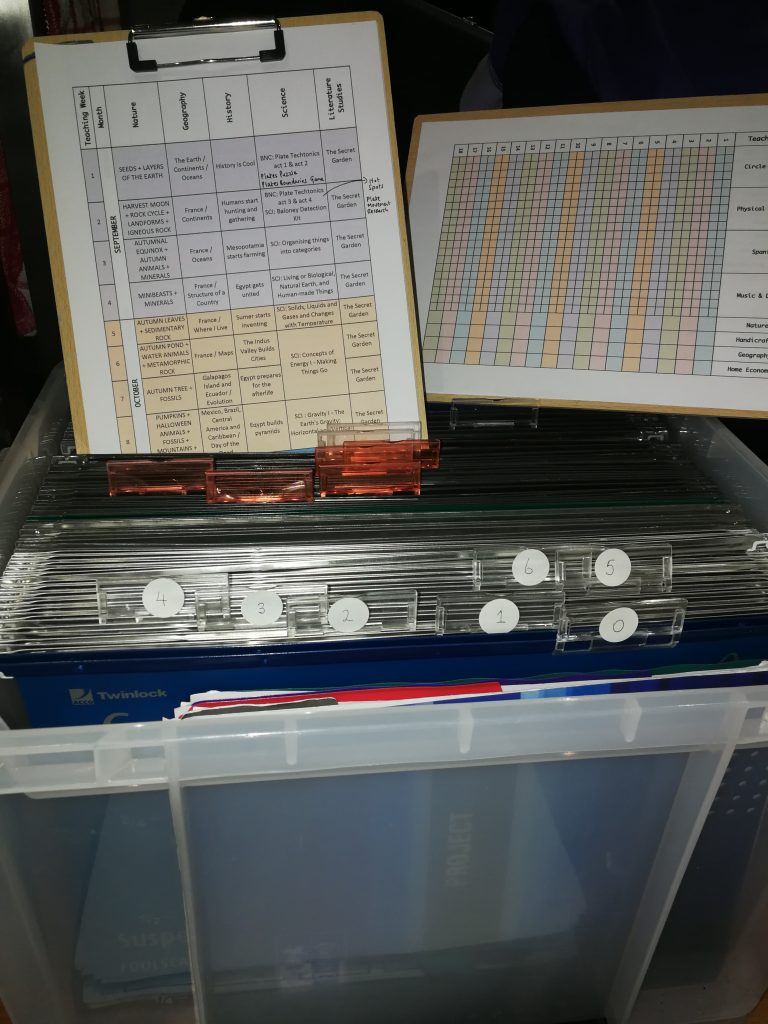
I use a 35L Really Useful Box filled with suspension folders, each labelled for a week of term. I usually plan 12 weeks at a time, so I always feel ahead — even when life is chaotic.
Inside each weekly folder, I use coloured bulldog clips to separate the work for each child. I also include seasonal learning, group topics, and extras like nature study or foreign language work.
This whole setup was part of a bigger plan I made during that pregnancy — I wrote a year-long plan to help us cover:
- Nature Study
- Geography
- History
- Science
- Literature Studies
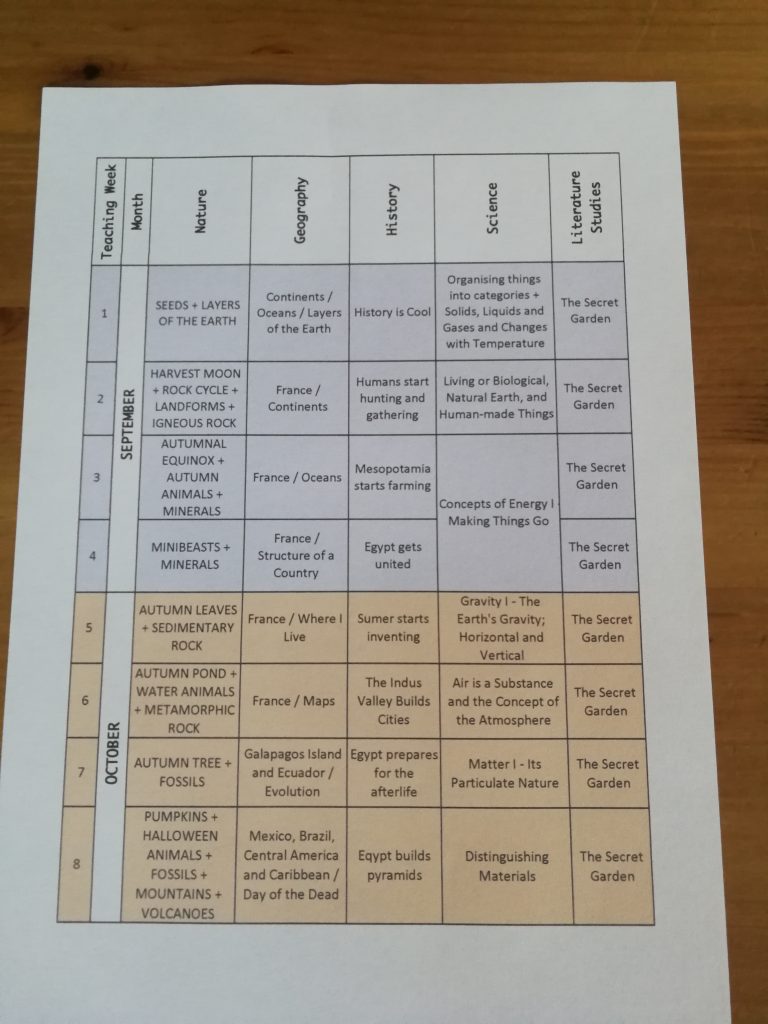
Each subject was then broken down into curriculum weeks, resources and unit studies. You can see the geography one below which used the Torchlight Level K Curriculum as a spine.
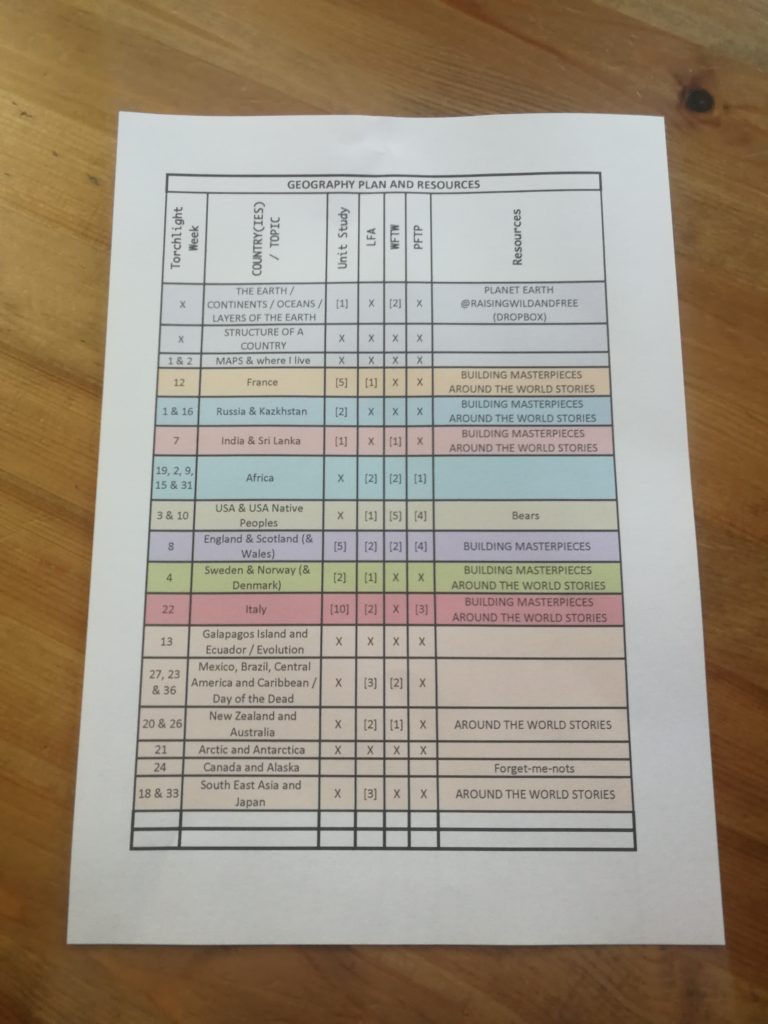
To help keep track of our daily activities and ensure we stay on top of all the essential areas, I created a checklist that allows me to easily monitor what we’ve covered each day. The checklist includes key components of our routine, such as circle time, exercise, and foreign language practice. By ticking off each task as we complete it, I can ensure that nothing is missed, and we maintain a balanced approach to our home education. This simple yet effective tool provides a visual record of our progress and helps us stay organised, so we can focus on learning without the stress of wondering whether we’ve covered everything.
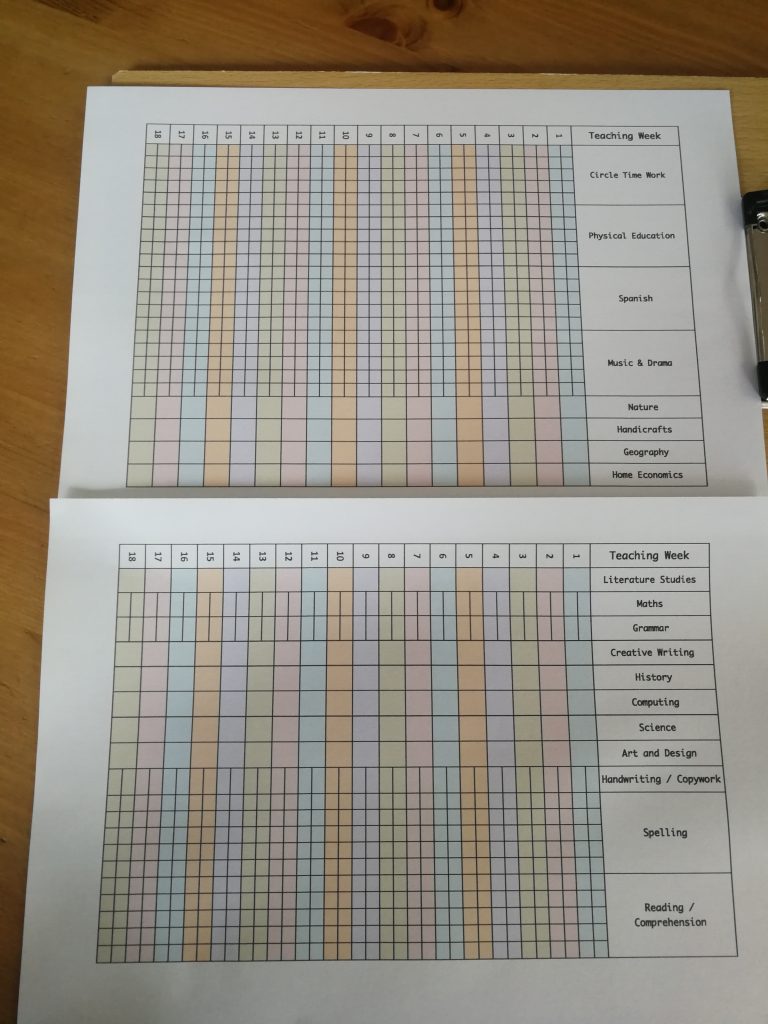
What’s Inside One Week’s Folder?
Here’s a peek inside one of our folders from early autumn:
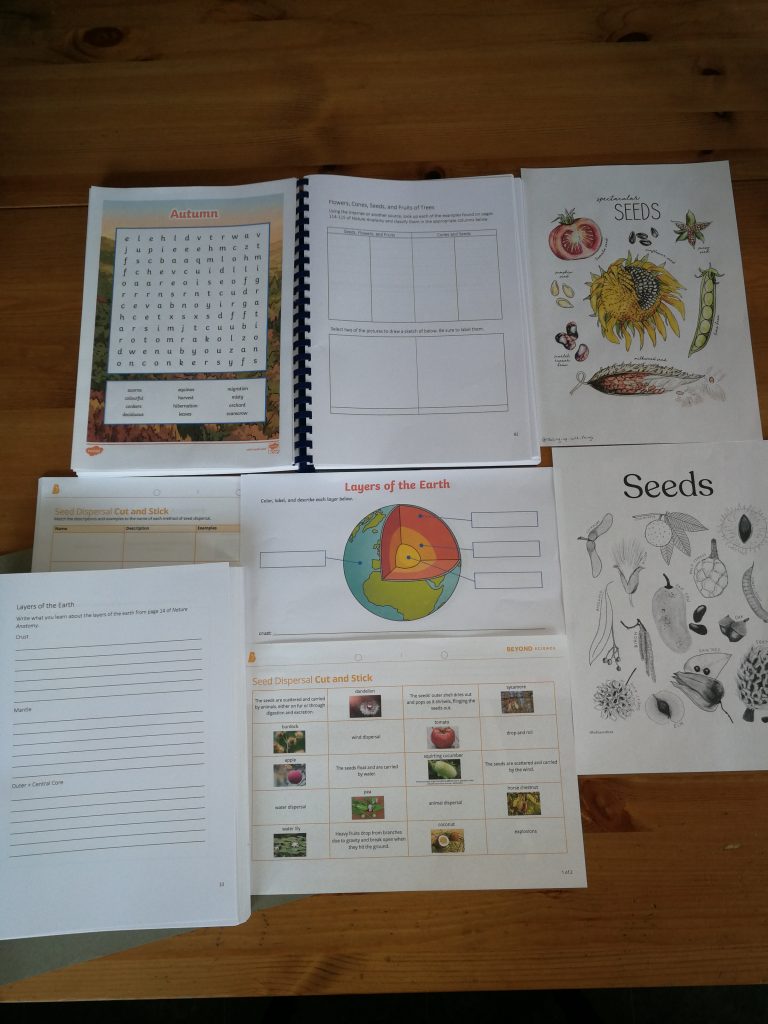
- Autumn-themed wordsearch to start the week gently
- Layers of the Earth science notebooking
- Seed dispersal cut-and-stick activity
- Two Beautiful Seeds posters for nature study display
- A matching writing sheet for a nature walk or read-aloud
- Nature study notebooking from Fruits, Flowers, and Seeds study
I try to balance hands-on work, reading, and light writing so each week flows nicely. If we don’t get to something? I just roll it forward.
Morning Basket / Circle Time
Each day started with our Morning Basket / Circle Time — even when I was heavily pregnant, this was a lovely anchor point for our day.
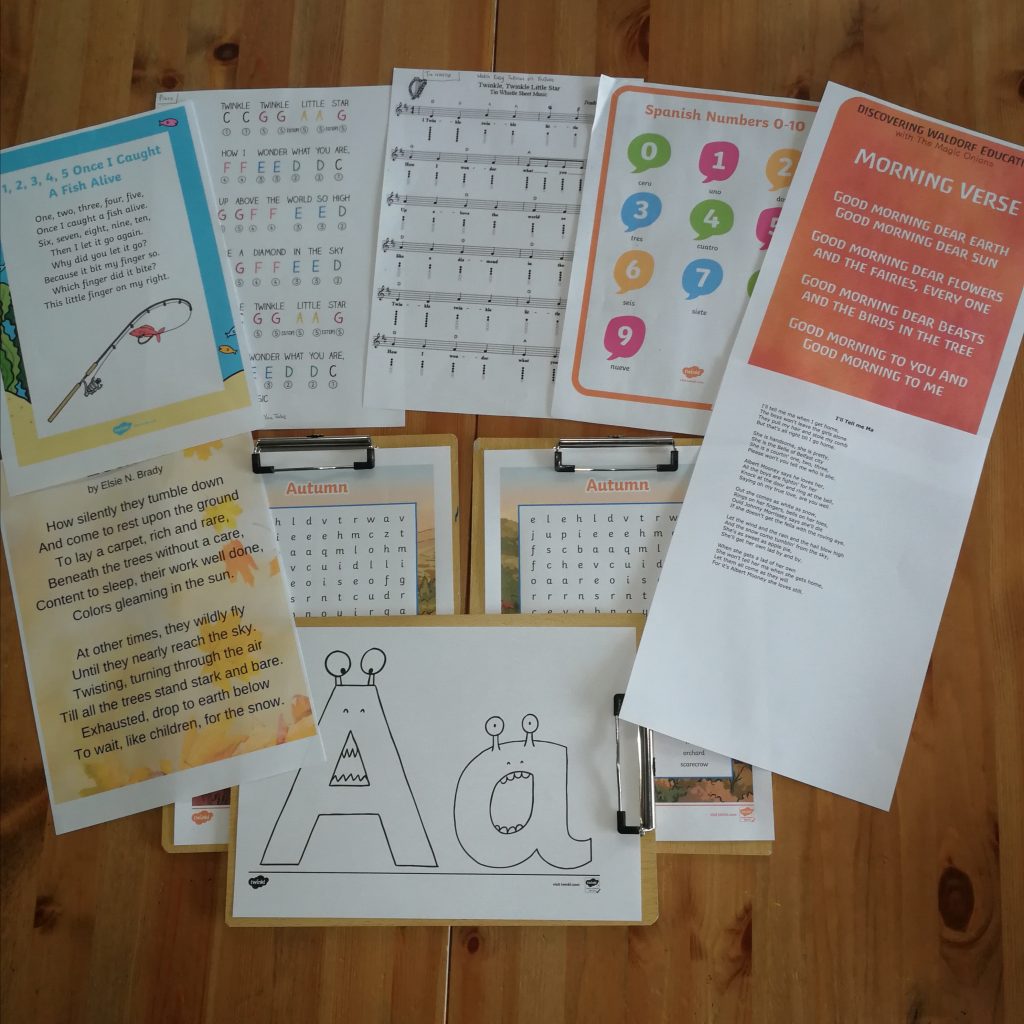
Examples of what the morning basket / circle time usually included were:
- A poem or rhyme
- A song or two
- A read-aloud
- Something for little hands (my toddler loved matching cards and stickers)
These were printed and prepped at the start of term too, so I never had to dig around first thing in the morning.
Why This System Works for Us
- It saved my sanity in those early newborn weeks.
- I can plan once for 12 weeks and relax.
- Each child’s work is separated but stored together.
- I don’t feel guilty if we skip a day — we always have a gentle rhythm to come back to.
Even now, with four children in our home ed life, this system still works. It flexes as our needs change.
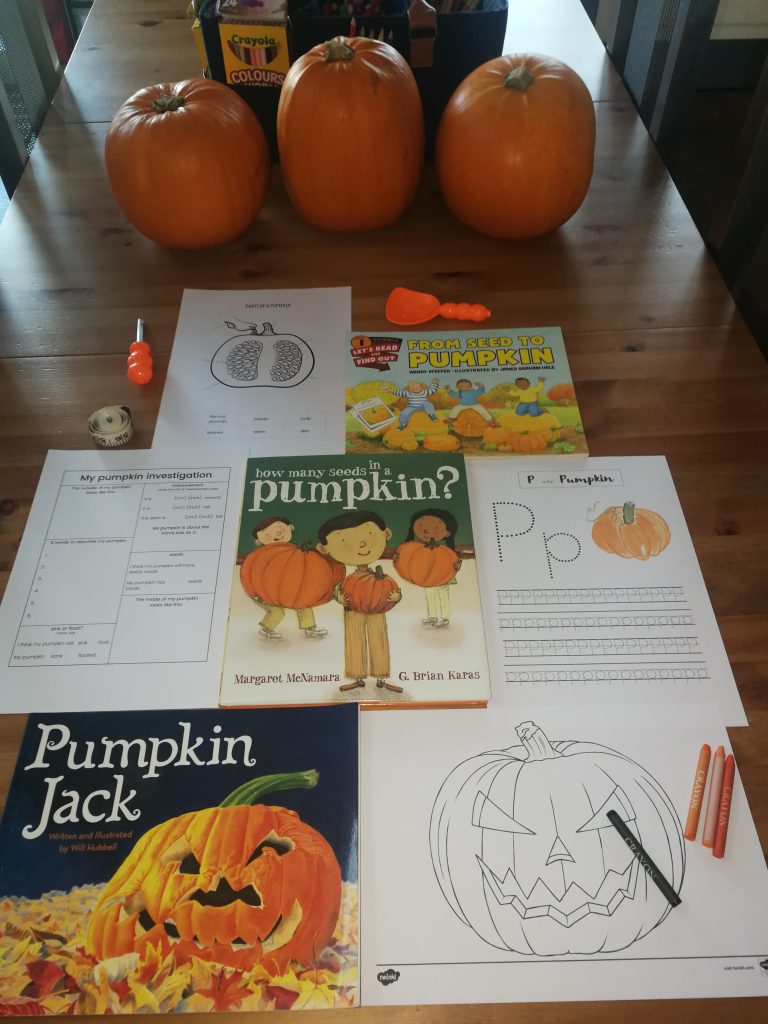
Final Thoughts
The year I was expecting baby #4, I learned that preparation is peace. This system helped me keep home ed going without burning out, and gave my children consistency during a time of huge transition.
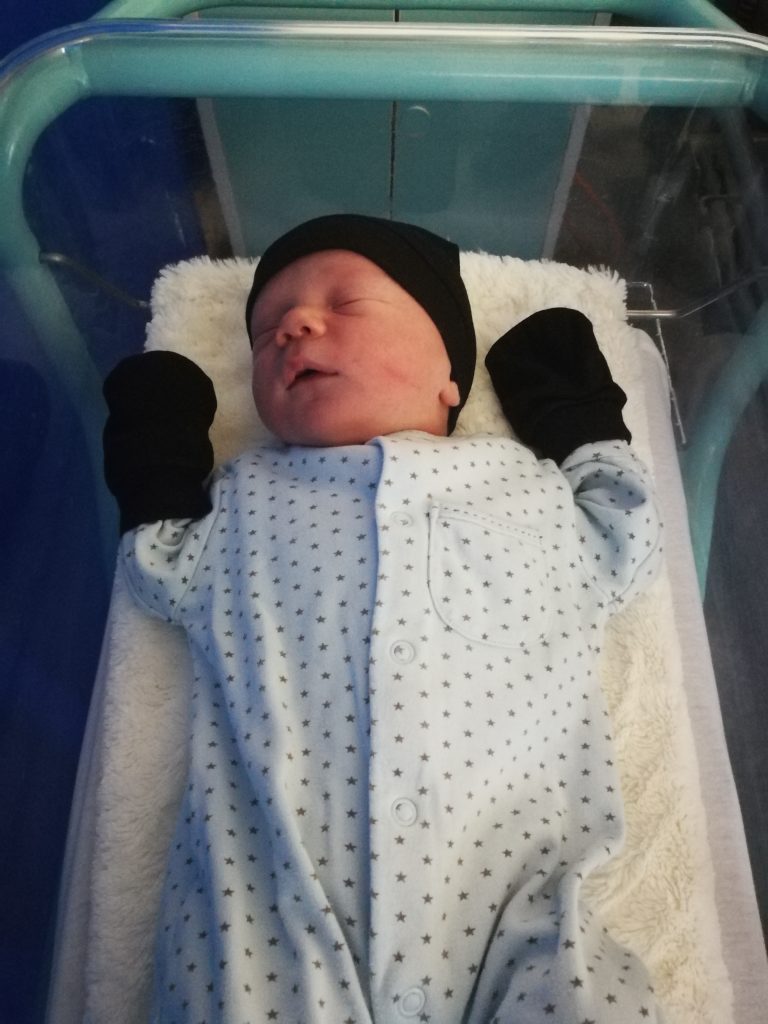
If you’re expecting a baby, starting home ed, or just want a calm way to stay ahead, this might be just the thing. Start small: plan 3 weeks and see how it feels. You might love it too. Let me know in the comments which part of the system you would like to hear more about.

Leave a Reply